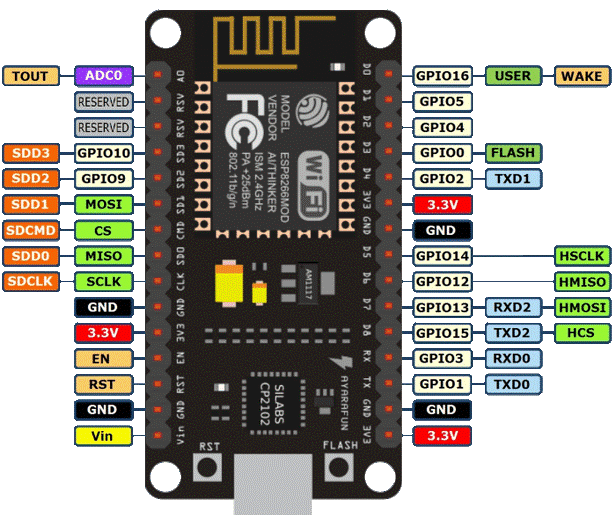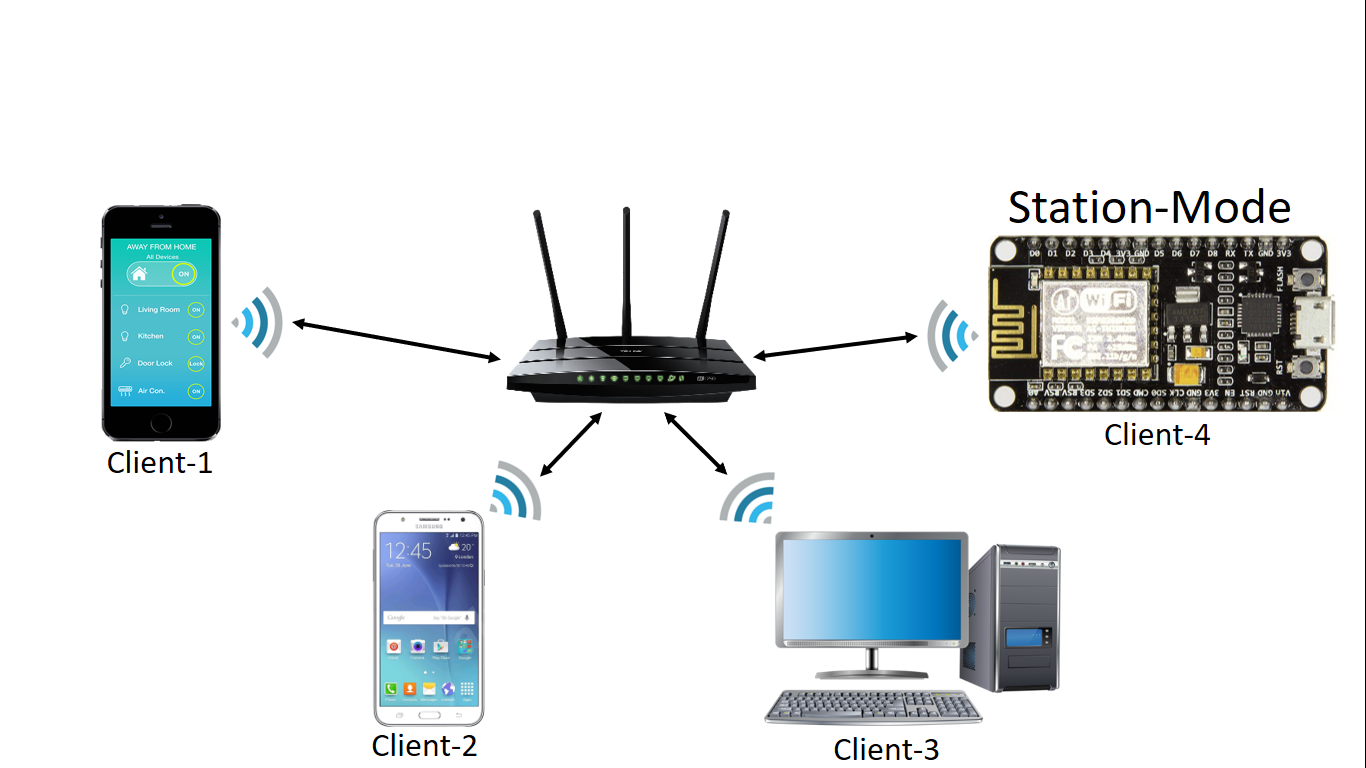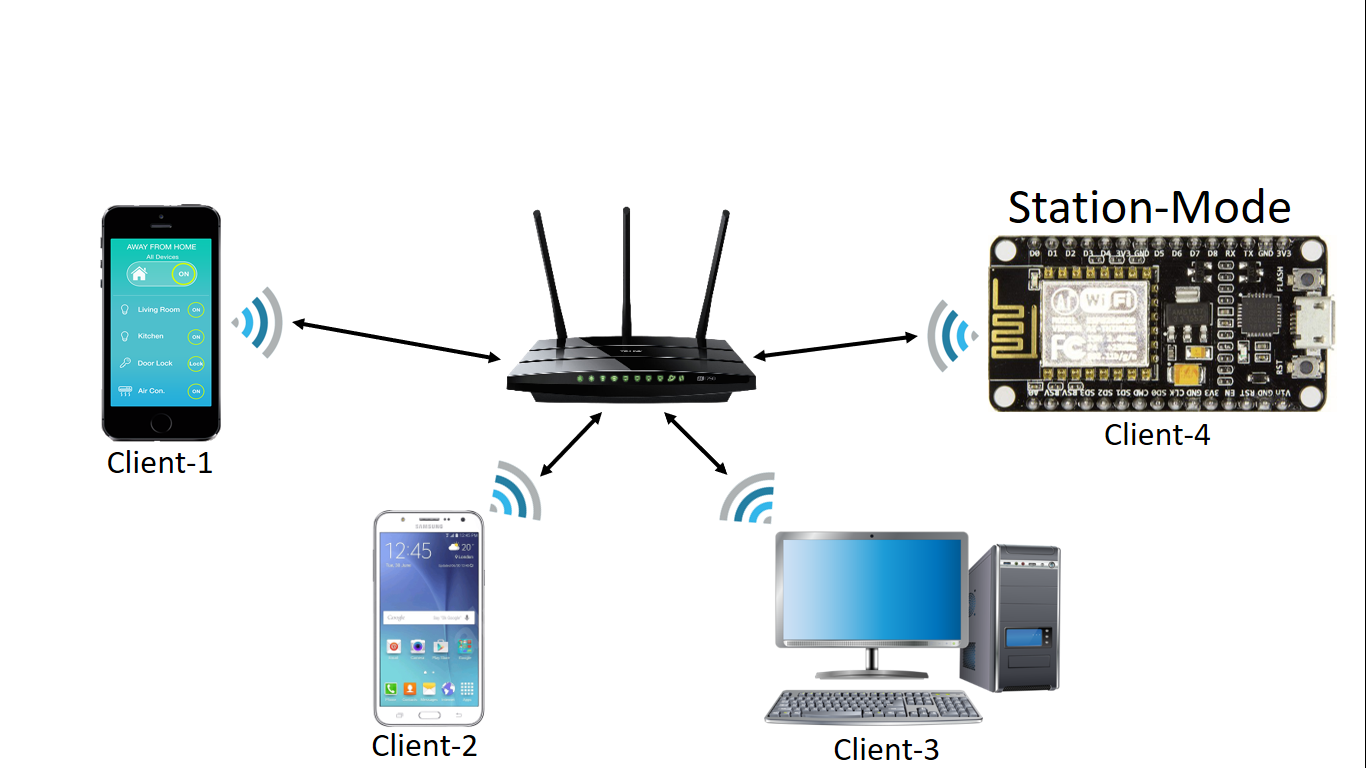NodeMCU

Pin Configuration of NodeMCU

#include<ESP8266WiFi.h>
const char* ssid = "WiFi-Name";
const char* password = "Password";
const char* host = "www.google.com";
int WIFILED = D1;
//======================================
//SETUP FUNCTION
//=======================================
void setup()
{
pinMode(WIFILED,OUTPUT);
Serial.begin(115200);
Serial.printf("Connecting to %s\n", ssid);
WiFi.begin(ssid, password);
while (WiFi.status() != WL_CONNECTED)
{
delay(500);
Serial.print(".");
}
Serial.println();
Serial.print("Connected, IP address: ");
Serial.println(WiFi.localIP());
}
//======================================
//LOOP FUNCTION
//=======================================
void loop()
{
if(WiFi.status() == WL_CONNECTED){
WiFiClient client1;
if (client1.connect(host,80))
{
client1.stop();
digitalWrite(WIFILED,HIGH);
}
else{
digitalWrite(WIFILED,LOW);
client1.stop();
}
}
}
